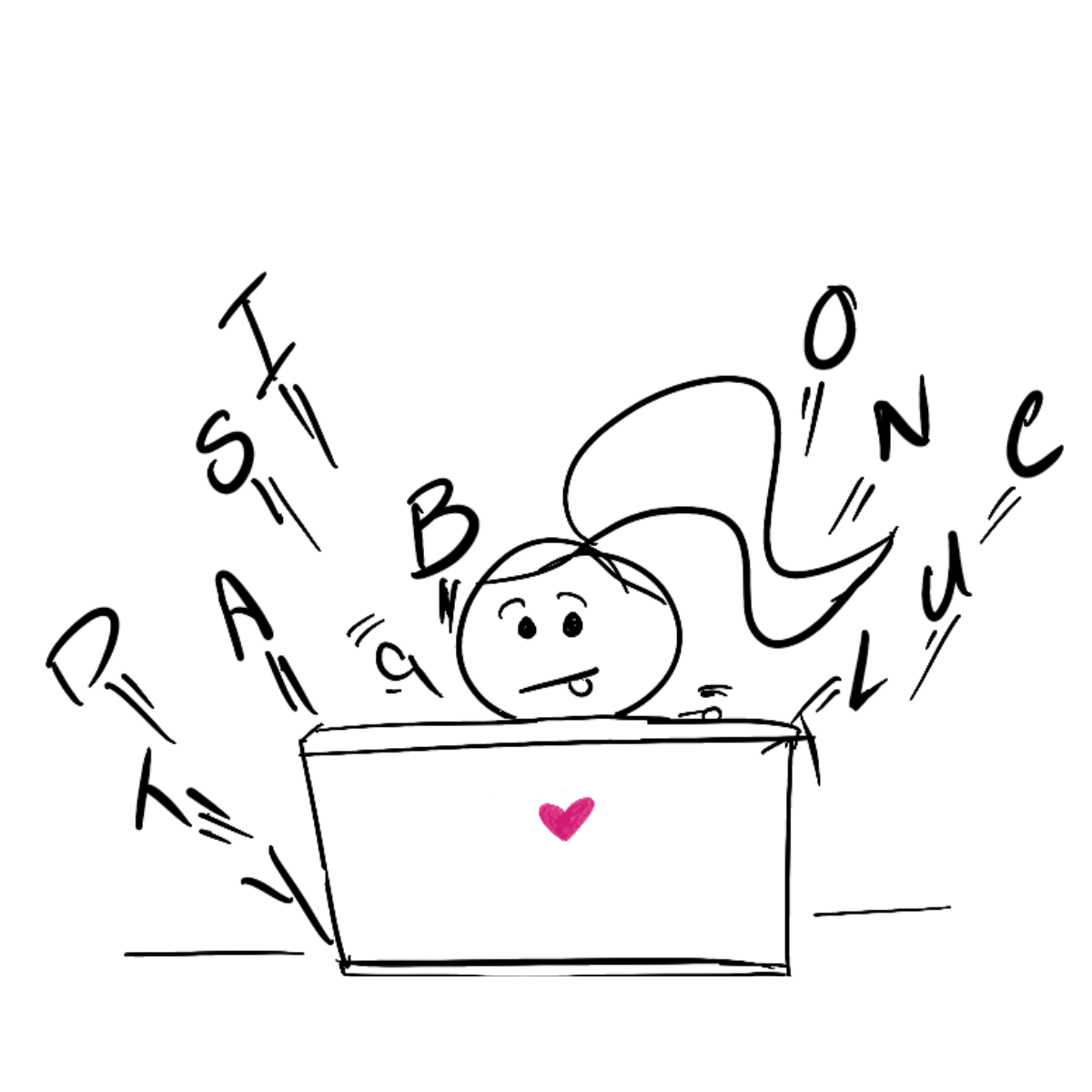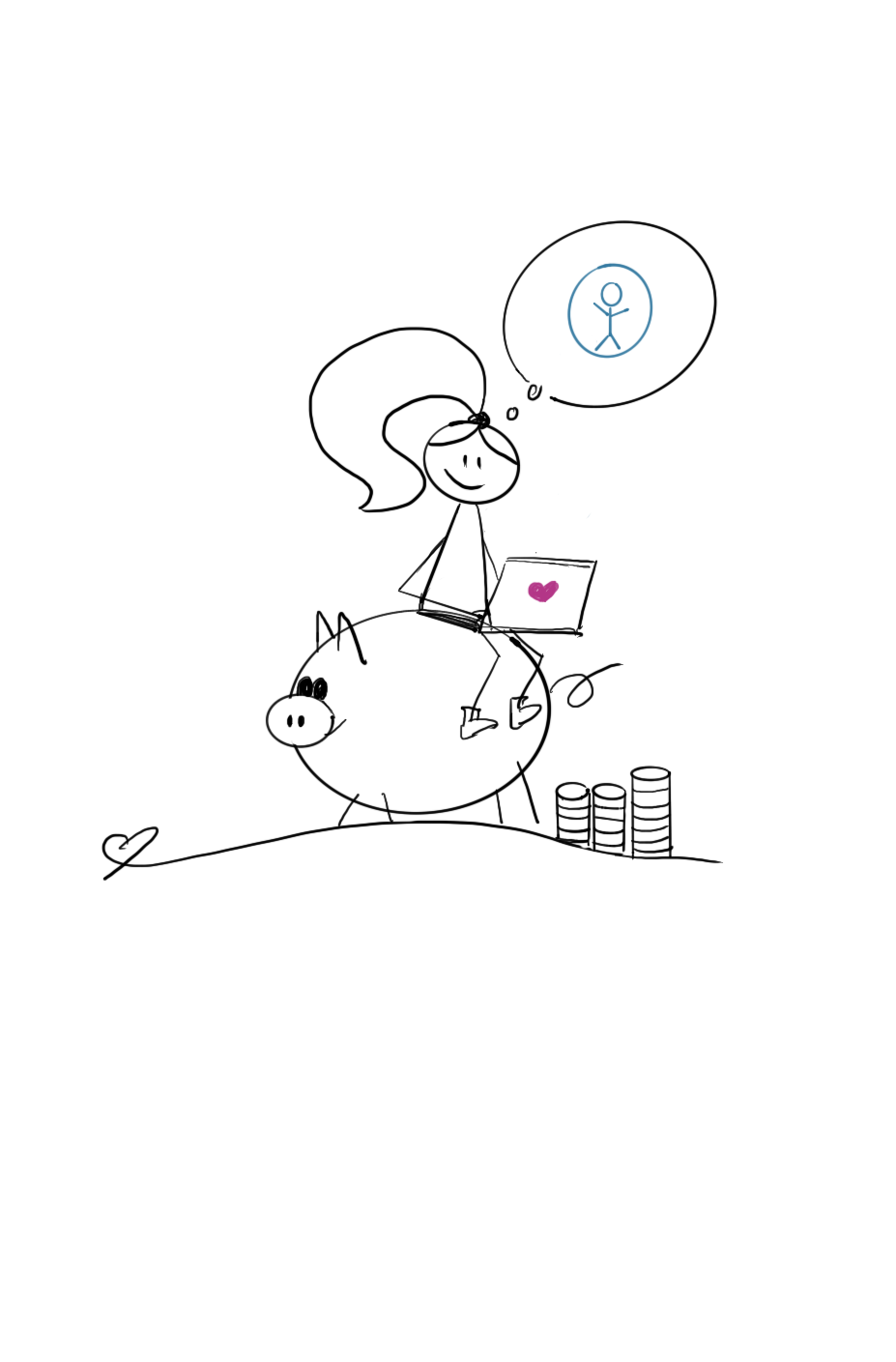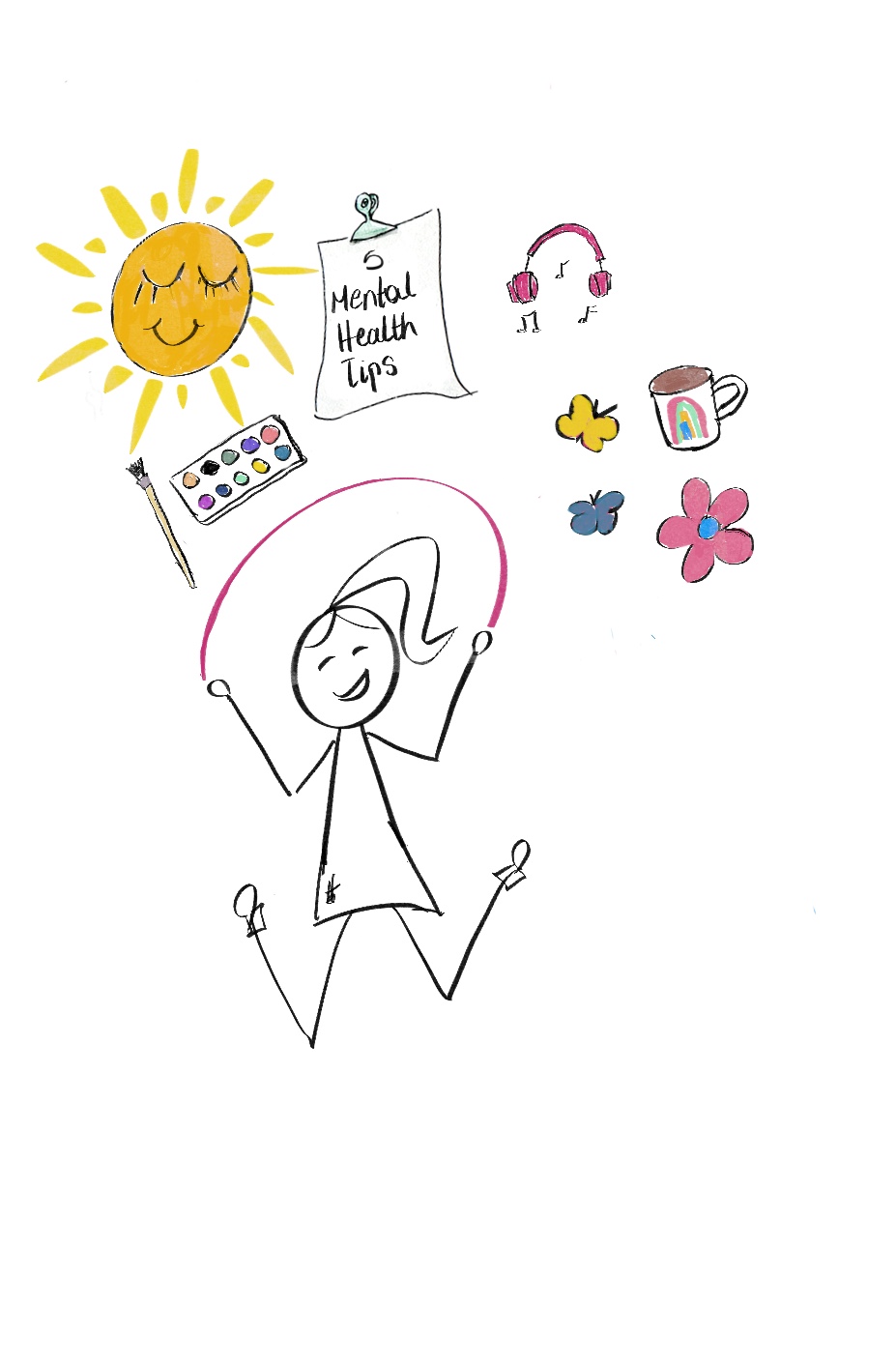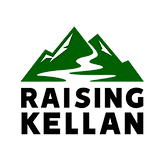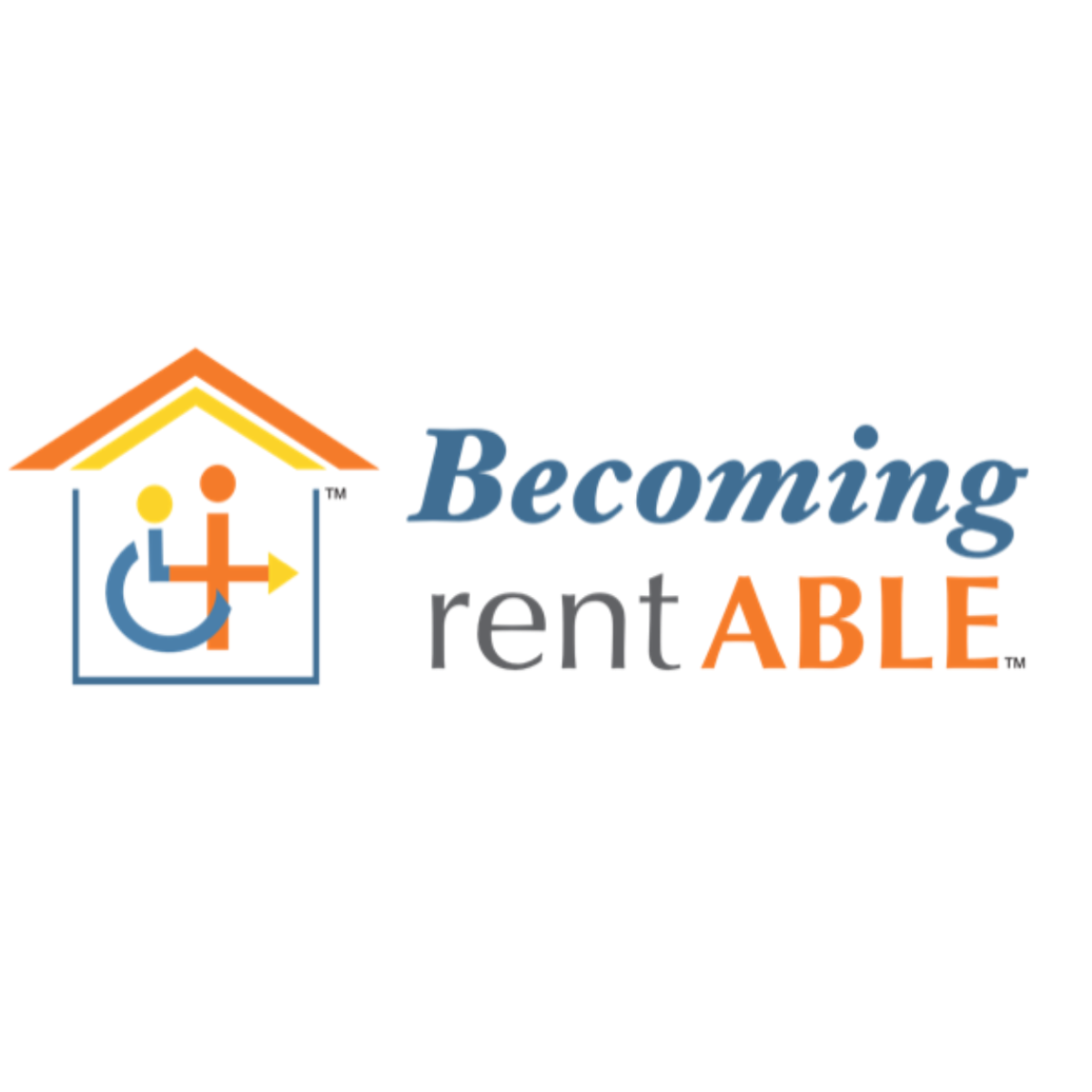No Accessibility In Your Business Culture? Focus on Inclusion Instead, Say These 3 Global Disability Experts
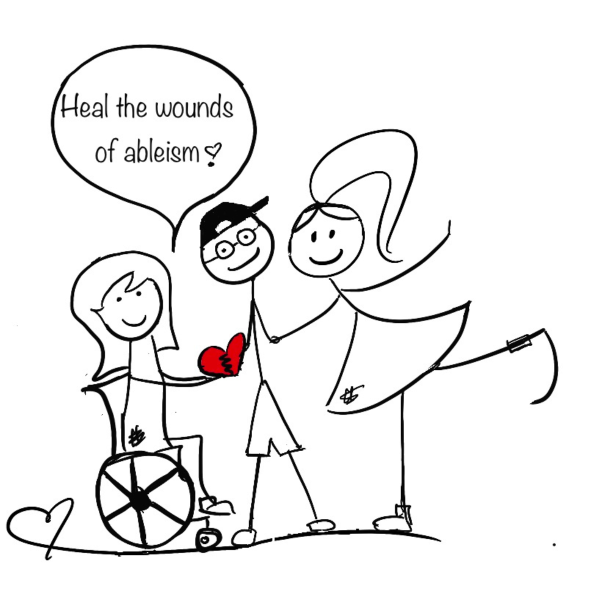
It's not your fault.
You’ve worked hard to create a culture of accessibility in your business.
You’ve built an accessible and usable website. Provided designated parking spaces, and accessible toilets.
You even have a flexible work policy.
But now you’re not sure.
You begin to recognize that accommodations don’t mean accessibility. They don’t mean your workplace is inclusive.
And you wonder, how can you change it? How can you focus on the person rather than the disability? How can you build a strong empathetic culture of accessibility?
I asked three global disability experts and here’s what they said.
Are you ready?
1. Be proactive with your accessibility mindset
It’s true.
Our business world views accommodation as accessibility.
We believe when we respond to the requirements of disabled people we’re creating an inclusive workplace.
But here’s the interesting thing.
Accommodation is your answer to a person's individual requirements. It’s reactive. It’s the little adjustments you make after a disabled person has opened up and told you they’re disabled. It’s not accessibility.
Think about it.
Imagine sitting with your colleagues at the campus cafe. You’re enjoying the cool shade after a successful team-building meeting. You’re drinking an ice-cold frappe and enjoying the Rhein’s elegant beauty.
You decide to go to the bathroom and ask for directions. But the doors to the toilet are not built with accessibility in mind. And your guide dog can’t read.
So you stand there thinking, which door is it?
Now, if the toilets had been designed with accessibility in mind, they would have contrasting door handles and frames so you’d know where they are and how to open them. And, a Braille description would be there to translate visual signs.
Instead, you have to go and ask for help.
You may be wondering, what does this have to do with your inclusive business culture?
I'm guessing, when your disabled employees need an accommodation they'll have to ask.
How do you think they’ll feel?
That's right.
They might worry.
They might think, what if I’m stigmatized? What if I’m not accepted? Or worse, what if I lose my job?
Invite accessibility know-how in your business
I caught up with Haben Girma a world-renowned disability rights lawyer, author, and speaker, and here's what she said.
“Start by partnering with an accessibility consultancy to train your team. Keep learning these skills and soon you will become experts, too.”
Want to see how this works?
First, take the initiative and measure your data and metrics to identify where your gaps are.
Second, make sure all your staff have access to the resources they need to feel disability-confident.
Third, get out and hire people with disabilities. Contact colleges and universities. Engage with groups that support disabled people and build a sure-fire recruitment channel.
Finally, like a flourishing garden design your systems, your processes, your training and development tools, and your workspace in a way that makes everyone feel welcome.
You see, when you invite your business to embrace and support the culture of accessibility the most amazing thing in the world happens.
You open the door to empathy for people with disabilities in the workplace. And that’s when you know no one in your workplace is left behind because of their disability.
But how do you make sure everyone is included?
Let's take a look.
2. Embrace disability in your inclusion policy
I won’t lie to you.
Diversity and inclusion are broad, hard-to-swallow topics that often require specialist knowledge.
Without guidance, many businesses don’t know where to start.
Sure businesses everywhere are quacking like ducks promoting their diversity and inclusion but did you know only 4% consider disability in their workplace policies?
In a recent interview, Caroline Casey, founder of the Valuable 500 said:
"Although 90% of companies claim to prioritise diversity, only 4% consider disability in this definition, and only a small subset truly serves customers with disabilities."
Don’t be one of them.
Diversity is your company welcoming employees from a group like race or gender, ethnicity, religion, nationality, or sexual orientation and wait for it…
Disability.
That’s right.
Inclusion is for everyone. It’s not a pick-your-favorite ice cream flavor of the month. You either do inclusion or you don’t.
So, how can you ensure disability inclusion?
Meryl Evans is a global voice in the disability community. She’s a professional speaker and trainer on diversity, equity, and inclusion (DEI) with a focus on people with disabilities, accessibility, and accessible communication.
Here’s what she said.
Many people say: "Diversity is being invited to the party. Inclusion is being invited to the dance floor". I disagree. Diversity is being invited to the party. This is where the company hires the employee. But, it's not inclusion yet because inclusion includes providing accessibility. Inclusion is being on the party planning committee.
This means, the company delivers on employees' accessibility requirements that help them thrive in their roles. It lets disabled people bring their full selves to the table, and encourages them to use their voice and lead.”
You see, it’s your choice if you want to foster that culture of inclusion where your employees can feel like they’re part of something bigger.
3. Understand the requirements of your disabled employees
Did you know a manager is responsible for 70 percent of team engagement?
That’s right.
Managers build connections.
And, as a company leader, you’re the key player in supporting your disabled employees to feel at home.
What do I mean?
My friend Petra was born blind and has a guide dog. I used a wheelchair to go to work after a motorcycle accident, and Till, an autistic student, needs a quiet space where he can recharge during our class.
Think about it.
You can be born with a disability. An injury or illness can cause a disability.
But, learning, attention, mental health, and chronic pain are also disabilities.
So, while some disabilities are obvious or have obvious physical characteristics, most don’t.
Heck, your coworker could be struggling with depression, anxiety, or chronic pain and feel isolated because people around him judge and ridicule and you wouldn’t have a clue.
And you know what else?
1 in 4 disabled people have two impairments and 1 in 10 have three or more.
Most likely your employees desperately need certain requirements in their workplace and aren’t getting them.
What can you do?
Anna Maria Gertsou, co-founder of Lara Guide Dog School, has a history of working in the non-profit organization management industry. She's a clinical psychologist skilled in Psychological Research, Cognitive Science, and User Interface Design. She's also the first blind woman to introduce guide dogs to Greece.
Her view is extraordinarily simple.
"Invite your employees for a delicate cup of coffee and find out exactly what they’re struggling with. Understand their feelings. Then, show them how your workplace is for them. And, share your best advice to help, guide, and support them."
The truth about building a culture of accessibility into your businesses
By now you realize a disability-inclusive culture is not about the website a blind person can access.
It’s not about the building a person using a wheelchair can get into.
And, it’s not about the ramps, the designated parking spaces, or the accessible toilets.
If you want to build a culture of accessibility into your business you need to reach out to disabled employees.
Connect with them and support them.
Go on. Pick up the courage and get started.
Be the disability-inclusive leader of your tribe.
And keep moving forward.
Are you worried your strategy is chug-chugging in place?
Grab my accessibility checklist straight to your inbox and automatically join Disability Tidbits—a bi-weekly newsletter packed with inclusivity tips to help you keep moving forward.

